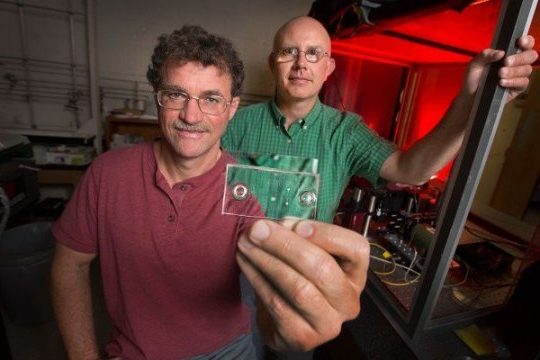Over 28 Million Americans live with Type 2 Diabetes. Type 2 Diabetes occurs when someone’s pancreatic cells don’t create insulin, and cause dangerously high blood sugar. It may seem like a problem solvable only by health professionals, but as is typical of Mathematicians, Professor Richard Bertram from Florida State University and his colleagues are solving the problem from a new perspective—with math.
Learn how research from this mathematics professor has applied math to successfully revive oscillations in insulin-producing pancreatic cells at Science Daily (click here).
(https://www.sciencedaily.com/releases/2016/11/161129143424.htm)




